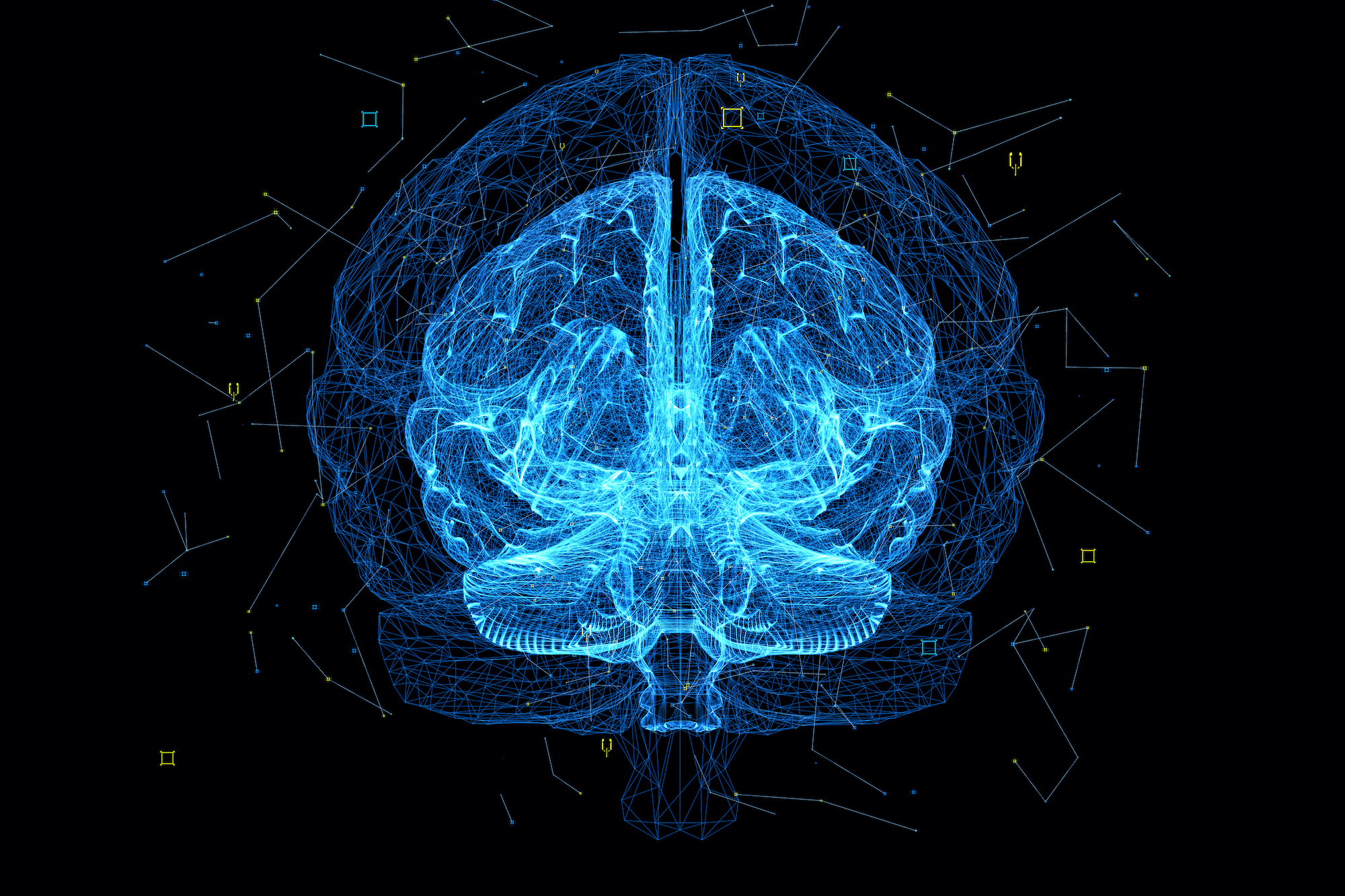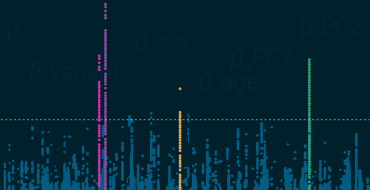Decoding the Aliens Within

I’ve always had a very vivid imagination. As a kid I used to stare at my hand and squint deep down into the cracks that line my skin to see worlds teaming with alien life. I’d picture whole civilizations living out their days, unaware their entire reality was contained in a sliver of my skin and that everything they did was contributing to systems that allowed me to be. Little did I know I wasn’t that far from the truth.
Within each of us is a symphony of life, though much more complex and dynamic than anything I could have dreamed. We are a finely tuned array of inter-related biological systems made from combinations of just twenty amino acids guided by a stringed double helix of four nucleic acids that through us has given meaning to all of existence.
Carl Sagan famously quipped “We are a way for the cosmos to know itself”, but that’s a little self-aggrandizing, “we” are just a product of the learned mechanisms of life, shaped by eons of trial and error, each stochastic step forward fortified our fitness, endowing us with the attributes needed to explore further and learn more about ourselves and this universe we happen to inhabit.
One odd quirk of our existence that sets us apart from all other life that we know of is that we have always questioned how and why we came to be. Some among us, unsatisfied with the stories of their day, continued to prod and poke at these questions, building tools that extended our ability to probe the unknown, pushing forward our understanding of all that there is.
One crucial lesson from all we have learned is that life never stops tinkering. It is an eternal process of self-improvement, propelled by endless variation and subtle changes to our genetic makeup. Most of the time those changes have little to no effect. Occasionally they confer an advantage.
However, every now and then those changes inflict a toll that can seem awfully cruel.
It has been ten years since my symptoms first started to show. Likely twenty or more since something began to go wrong. Though I am grateful that the decline has been gradual, I grow ever more aware of its relentless march forward. These days it is rare that a moment goes by that I do not feel its effects as it impacts just about everything I do, including typing these words you now read.
I wrote much of this while either OFF and trying to will my rigid and bradykinetic arms and fingers to move deftly enough to type what I intended, or ON and attempting to corral the irregular thrashing of my right arm and leg brought on by dyskinesia. Scary to think how difficult this would be 10 years from today. But no point in dwelling on the future, each present moment demands too much, and there is so much to do.
Standing on the collected wisdom of countless generations of unsatisfied tinkerers, we are closer than ever to answering some of the most perplexing puzzles we have about what goes wrong deep within us. Though there is still a daunting gap between what we know and what we need to know, there is good reason to believe that the progress we are making will reveal key insights into why our systems go awry, and give us the tools needed to properly intervene.
Central to that goal are hints buried in the blueprints to the microscopic molecular machinery that makes us who we are – our genome. For most of history, our understanding of life came to each generation through stories we created and passed down, first by oral and then written traditions. However, in the last few decades we have learned that the record encoded deep within each of us is more robust and insightful than any we have written.
From the HOX genes that guide our development – telling each cell when and how to grow — to the ARC gene bestowed from a past encounter with viral RNA that seems to be key to our ability to form memories, to all the horizontal transfer of genetic material between our cells and the vast multitudes of microbiota within us, our newfound ability to decipher the genetic code of life is showing us to ourselves for what we really are, while also giving us new targets we might be able to go after in our long-fought struggle with disease.
But, when it comes to the degenerating human brain, the genetic hits we have decoded have yet to prove useful. Today the best we can do is tell patients they have gene X and that it is associated with disease Y. Short of enrolling in a few experimental trials if available, there isn’t anything they or their doctors can really do with that information, yet.
From time to time I ask some of the biologists I know to close their eyes and picture all that is happening in just one of the 37 trillion cells that make us who we are. Like Ms. Frizzle guiding her class in The Magic School Bus, I ask them to take me on a tour of what it is they see. What quickly becomes clear is how incomplete that image is and how much of it we fill with stories about what we think we think we know. Thankfully though, progress is rapidly being made.
I think back to ten years ago when I first began to notice that something was not right within me, and to all that we have since learned about mosaicism, epigenetics, post translational modifications, pleiotropy, epistasis and so much more. All of which is turning what was once so alien into something we can start to comprehend, while playing a critical role in our collective fight against disease.
What will we learn from sequencing 150,000 people diagnosed with Parkinson’s? What new insights will we gleam into what is going wrong in each individual? How many new druggable targets will emerge? Part of the beauty of this, like any exploration into the unknown, is that we do not know. While we do know that genetics alone will not be enough to get us to where we ultimately want to be, we know it will form a foundation of knowledge from which new therapies will come, and along the way allow us to fill in the details we have missed about life and all that it does deep in those cracks between our skin.



